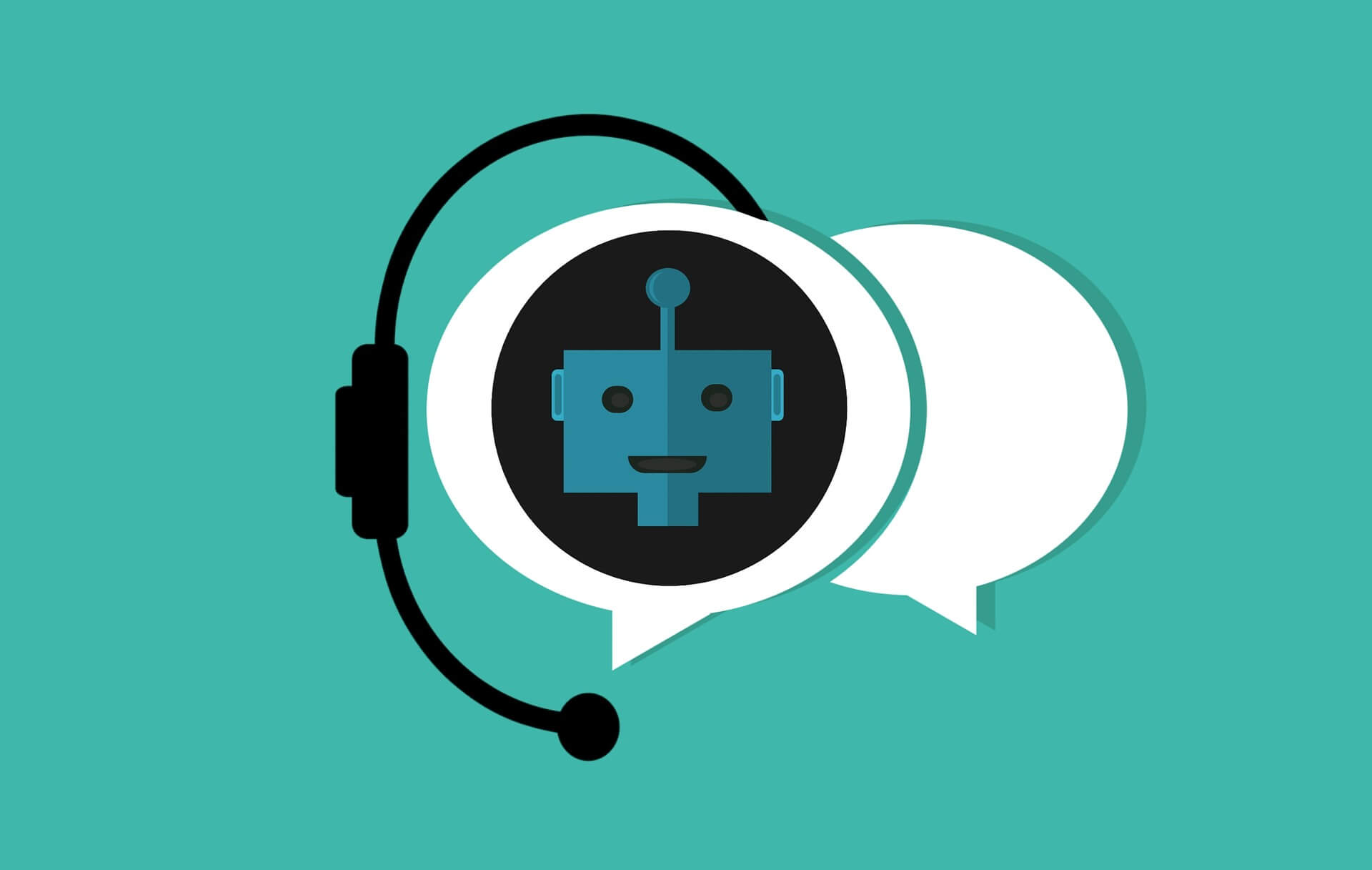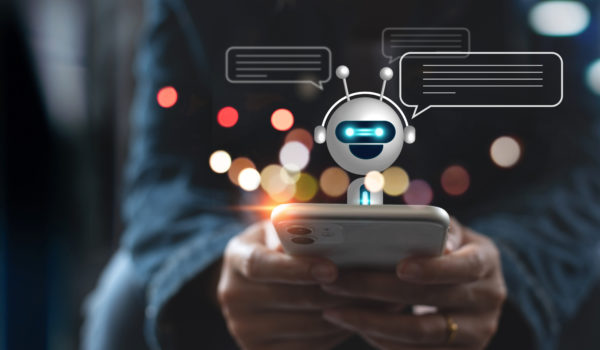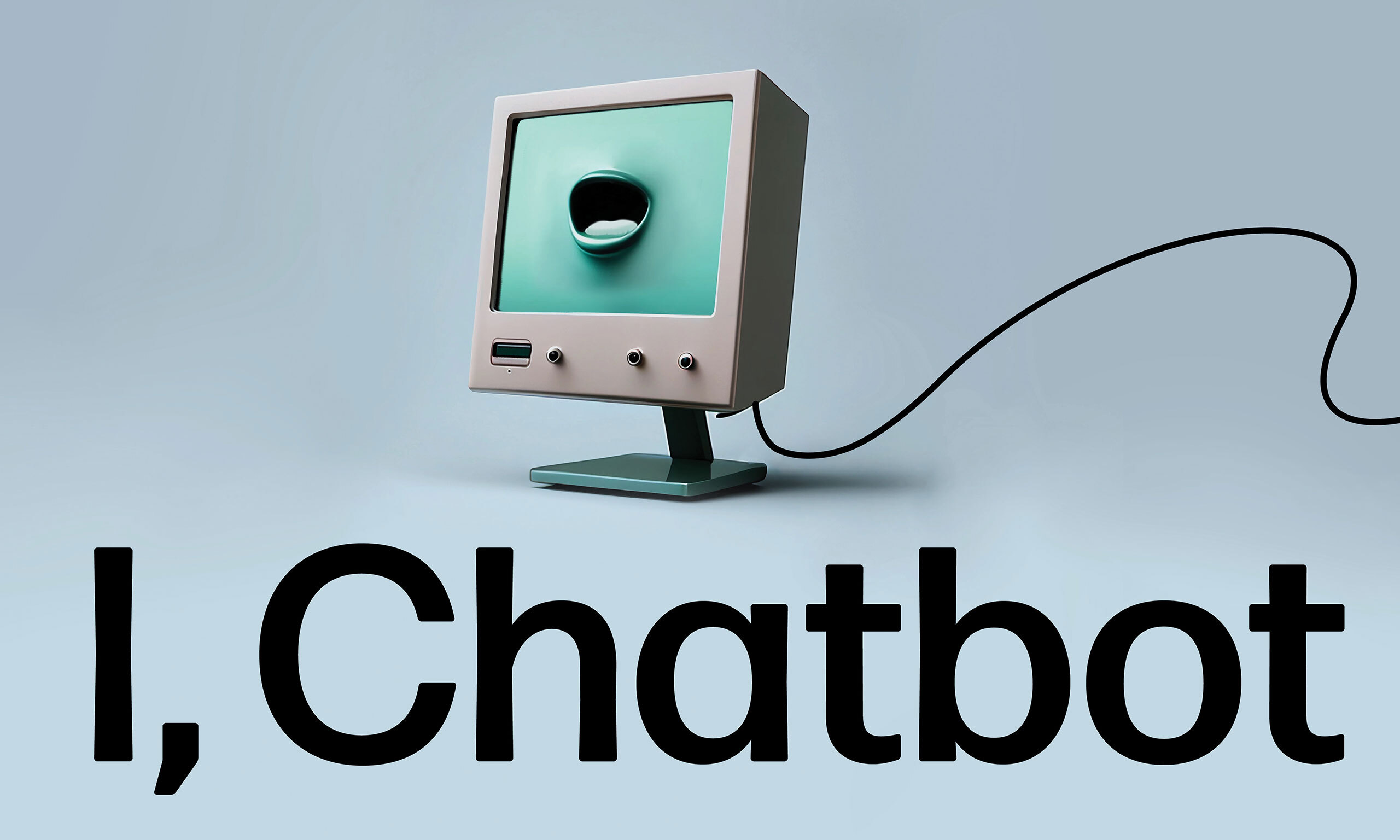How a Chatbot Can Help Automate Your Sales and Advertising Efforts
How a Chatbot Can Help Automate Your Sales and Advertising Efforts
Blog Article
The Role of Chatbots in Streamlining Service Processes and Raising Efficiency
In today's hectic business environment, chatbots are arising as indispensable devices for improving procedures and increasing performance. By automating repeated tasks such as client questions, order processing, and consultation scheduling, chatbots not only lower wait times but additionally enhance the general consumer experience.
Enhancing Client Assistance
Enhancing customer support via the combination of chatbots has actually revolutionized exactly how businesses communicate with their customers. By leveraging advanced all-natural language handling (NLP) and device understanding algorithms, chatbots can provide real-time, tailored support to clients. This innovation substantially reduces wait times and enhances the total client experience by giving instant actions to regularly asked questions and assisting in smooth resolutions to common problems.
Additionally, chatbots are readily available 24/7, guaranteeing that client questions are resolved promptly, no matter time zones or service hours. This constant availability boosts customer complete satisfaction and loyalty, as clients feel valued and supported. Additionally, chatbots can handle multiple interactions at the same time, thus alleviating the worry on human customer solution agents and allowing them to concentrate on more complex tasks that require a human touch.
The data collected through chatbot interactions also provides valuable insights into customer actions and choices. Services can examine this information to determine trends, optimize their solutions, and create targeted marketing strategies. Therefore, chatbots not only streamline customer support operations but additionally add to critical decision-making, inevitably cultivating an extra efficient and responsive business setting.
Automating Routine Tasks
Automating routine jobs with making use of chatbots has come to be a game-changer for contemporary businesses. By passing on repeated and time-consuming activities to chatbots, firms can substantially boost their operational performance. Jobs such as scheduling conferences, answering regularly asked questions, handling orders, and taking care of inventory can be perfectly managed by chatbots, therefore freeing up personnels to focus on even more strategic and complicated responsibilities.
Chatbots run all the time, making sure that these regular tasks are done consistently and without disturbance, thereby minimizing delays and human mistake. They can incorporate with different software program systems and data sources, enabling real-time updates and structured workflows. As an example, in the ecommerce market, chatbots can manage order tracking and consumer inquiries all at once, making sure a smooth consumer experience and operational fluidity.
Furthermore, by automating these routine processes, businesses can accomplish noteworthy cost savings. The decrease in manual work and the connected overhead costs can bring about an extra effective allotment of resources. This automation not just enhances productivity but additionally enables companies to scale operations without proportionally increasing their labor force, eventually driving sustainable development and affordable advantage in their respective markets.
Improving Interaction
While automating regular jobs plays a considerable function in increasing efficiency, another important facet where chatbots excel is in boosting interaction within organization settings. Chatbots serve as intermediaries that can handle a large array of interactions, from consumer questions to inner group interactions, therefore making certain that details streams effortlessly and immediately.
In client service, chatbots improve interaction by offering instant feedbacks to often asked concerns, repairing concerns, and directing customers via complex processes. This not only enhances the customer experience by lowering delay times but additionally frees up human representatives to concentrate on even more complex questions (Chatbot). Internally, chatbots can assist in interaction by managing conference timetables, disseminating important updates, and responding to staff member questions pertaining to business plans and procedures. This enhances the performance of internal procedures and makes sure that workers have timely access to the information they require.
In addition, chatbots can be incorporated with different communication platforms such as Slack, Microsoft Teams, and email, making them flexible tools for enhancing both interdepartmental and customer-facing interaction. By bridging interaction gaps and providing real-time communication capabilities, chatbots play an essential duty in improving the total interaction strategy of modern services.
Minimizing Functional Prices

Furthermore, chatbots run around the clock, eliminating the requirement for overtime pay or added shifts (Chatbot). This consistent availability not just enhances client fulfillment by offering immediate feedbacks but also adds to cost-efficiency by reducing the dependence on personnels during off-peak hours
Moreover, chatbots Continue can automate repetitive jobs such as appointment organizing, order processing, and fundamental troubleshooting. By unloading these routine obligations, firms can redirect their human workforce to a lot more complex and tactical tasks, better optimizing operational costs.
An additional noteworthy aspect is the reduction in training costs. Onboarding and constantly upskilling customer care reps can be both time-consuming and expensive. Chatbots, on the other hand, need first shows and periodic updates, making them an extra cost-effective service in the lengthy run. In recap, chatbots use a read this article complex approach to reducing operational costs through automation, scalability, and efficiency.

Improving Worker Efficiency
Chatbots have emerged as important tools for increasing employee productivity in modern business environments. By automating regular jobs, chatbots enable workers to focus on higher-value activities that call for essential reasoning and imagination. For example, chatbots can handle usual consumer queries, schedule conferences, and take care of data entry, therefore lowering the administrative concern on staff.
Moreover, chatbots promote seamless internal interaction. Employees can promptly retrieve info regarding firm policies, task updates, or technical assistance through chatbot user interfaces. This instant access to details lessens downtime and enhances process efficiency.
Moreover, chatbots can provide real-time comments and training sources. By integrating with efficiency management systems, chatbots can use personalized training and reminders, making certain workers remain on track with their goals. This continuous assistance can result in ability enhancement and much better work performance.
Furthermore, chatbots add to a more collective job setting. By improving interaction and automating recurring tasks, they liberate time for staff member to engage in collaborative jobs and technology. Consequently, chatbots not only enhance specific performance but also promote a much more vibrant and reliable organizational culture. In summary, the calculated implementation of chatbots dramatically boosts employee productivity, leading to overall improved company performance.

Verdict
In conclusion, the integration of chatbots right into organization procedures substantially improves consumer assistance, automates routine tasks, boosts interaction, minimizes operational prices, and enhances worker productivity. By providing prompt, 24/7 help and managing numerous communications concurrently, chatbots improve procedures and ease the workload on human employees. This technical development permits services to assign sources a lot more efficiently, inevitably fostering navigate here an extra efficient and effective business environment.
Report this page